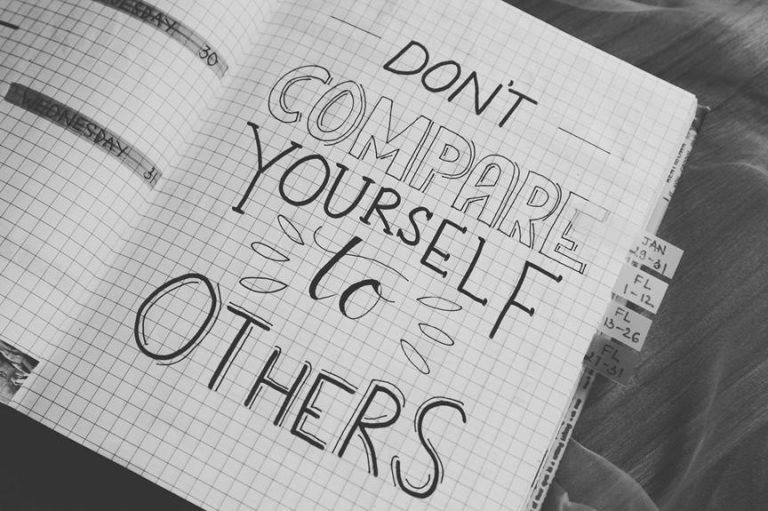In the intricate tapestry of human behavior, the distinction between humility and arrogance emerges as a defining element that shapes our interactions and perceptions. As we navigate through the complexities of personal and professional dynamics, the question arises: which of these traits truly encapsulates our essence? By unraveling the layers of humility and arrogance, we uncover a profound insight into our character and its impact on those around us. Join this exploration to unravel the enigma of self-perception and societal influence, pondering the profound implications of where you stand on this spectrum of humility versus arrogance.
Contrasting Humility and Arrogance
Frequently misunderstood, humility and arrogance stand as contrasting pillars that define individuals' characters and interactions with the world around them. Humility involves self-reflection, acknowledging vulnerabilities, and striving for authenticity. It fosters personal growth by embracing mistakes, valuing others, and maintaining a balanced perspective. In contrast, arrogance often stems from a lack of self-awareness and an inflated ego, hindering personal development and relationships. By recognizing the importance of vulnerability and authenticity, individuals can navigate towards humility, paving the way for genuine connections and continuous self-improvement. Embracing humility allows for a deeper understanding of oneself and others, promoting empathy, collaboration, and a more meaningful existence. In the journey of self-discovery, humility acts as a guiding light towards growth and understanding.
Embracing Humility for Growth
In the pursuit of personal and professional growth, embracing humility serves as a foundational principle that fosters self-awareness and authentic connections with others. Embracing vulnerability and practicing gratitude are key components in this journey:
- Embracing Vulnerability: Acknowledging one's imperfections and being open to growth opportunities through vulnerability.
- Practicing Gratitude: Cultivating a mindset of appreciation for both successes and failures, leading to a deeper sense of fulfillment.
- Learning from Mistakes: Viewing setbacks as learning experiences that contribute to personal development.
- Valuing Feedback: Welcoming constructive criticism and using it as a tool for continuous improvement.
Leading With Humility in Leadership
Transitioning from the exploration of embracing humility for personal growth, the focus now shifts towards the essential role of leading with humility in effective leadership practices. Leading with humility involves empowering teams and embracing a servant leadership mindset. Empowering teams means fostering an environment where individuals feel valued, heard, and encouraged to contribute their best. A servant leader prioritizes the needs of their team members, supporting them in achieving goals and nurturing their professional development. By leading with humility, a leader can build trust, enhance collaboration, and inspire loyalty within the team. This approach not only creates a positive work culture but also enables sustainable success through the collective efforts of a motivated and empowered team.
Fostering Relationships Through Humility
Fostering positive relationships through humility involves actively listening, empathizing with others, and prioritizing their needs above one's own. Cultivating empathy and prioritizing others are essential aspects of building meaningful connections. Here are four key strategies to foster relationships through humility:
- Active Listening: Engage in attentive listening to understand others' perspectives fully.
- Empathetic Communication: Show understanding and compassion towards others' feelings and experiences.
- Putting Others First: Prioritize the well-being and needs of others before your own.
- Seeking Understanding: Strive to comprehend different viewpoints and experiences to deepen relationships.
Balancing Confidence and Humility

Achieving a harmonious balance between confidence and humility is essential for navigating interpersonal dynamics effectively in various contexts. Confidence management and self-awareness play crucial roles in striking this balance. It requires an ego check and regular self-reflection to ensure that confidence doesn't veer into arrogance. Self-awareness helps in recognizing when confidence might overshadow humility, leading to potential pitfalls in relationships. By being mindful of one's actions and their impact on others, individuals can adjust their behavior to project confidence while remaining humble. This delicate equilibrium between confidence and humility fosters authenticity and trust in relationships, enabling personal and professional growth. Continuous self-reflection and humility are key in managing confidence effectively and maintaining genuine connections with others.
Frequently Asked Questions
How Can One Distinguish Between False Humility and Genuine Humility?
Identifying traits of genuine vs. false humility involves assessing intentions, actions, and consistency. Genuine humility stems from sincerity, self-awareness, and a desire to learn. False humility often masks insecurities or seeks validation. Observation and discernment are key in distinguishing between the two.
Can Arrogance Ever Be Beneficial in Certain Situations?
Arrogance can occasionally yield short-term gains in negotiations by projecting dominance. However, true leadership requires a balance of confidence and humility. Long-term success is fostered by empathy, collaboration, and a willingness to learn from others.
What Role Does Vulnerability Play in Practicing Humility?
Vulnerability in practicing humility involves self-awareness and authenticity. It fosters emotional intelligence by acknowledging limitations and seeking growth. Being vulnerable allows for genuine connections, learning from mistakes, and embracing humility as a strength.
How Can One Address Arrogance in Oneself Without Becoming Overly Self-Critical?
To address arrogance without excessive self-criticism, individuals can engage in self-reflection, cultivate self-awareness, practice positive self-talk, and focus on personal growth. Acknowledging flaws, seeking feedback, and embracing humility are key steps towards improvement.
Are There Cultural Differences in How Humility and Arrogance Are Perceived and Practiced?
Cultural perceptions vary in how humility and arrogance are viewed and practiced, shaping interpersonal dynamics. Practices of humility can range from modesty to deference, reflecting values and societal norms. Understanding these nuances fosters cross-cultural empathy and effective communication.

















